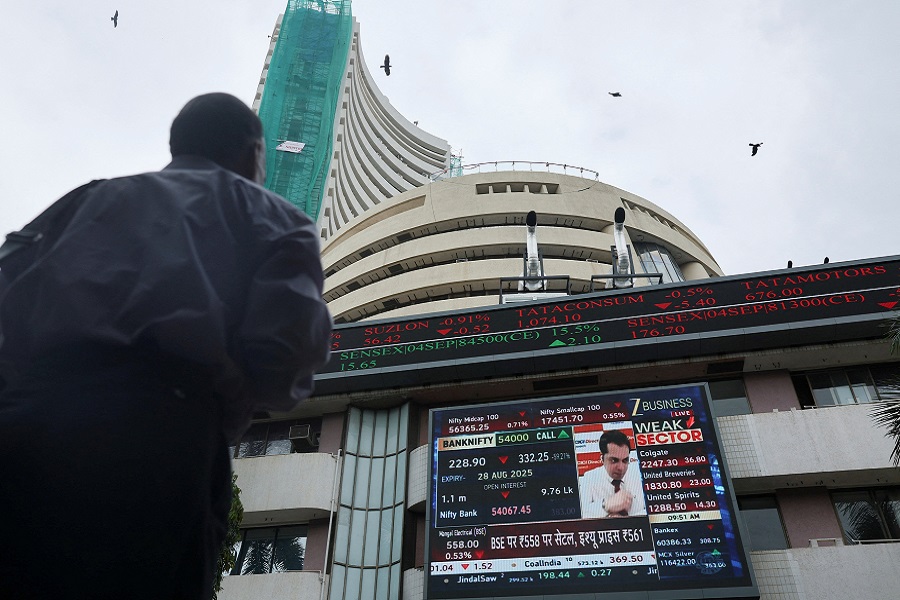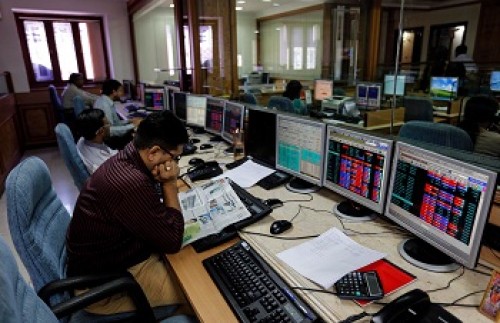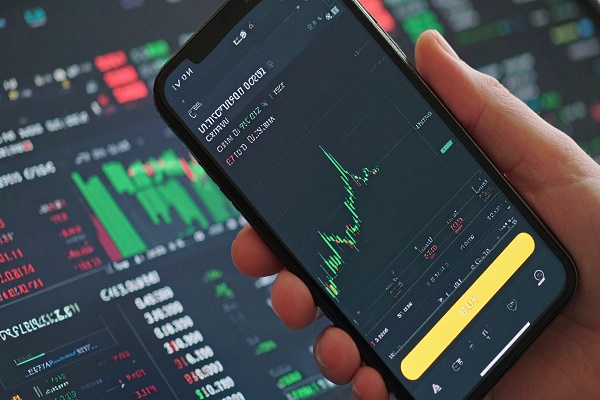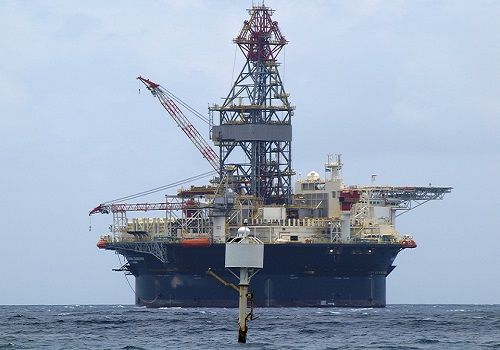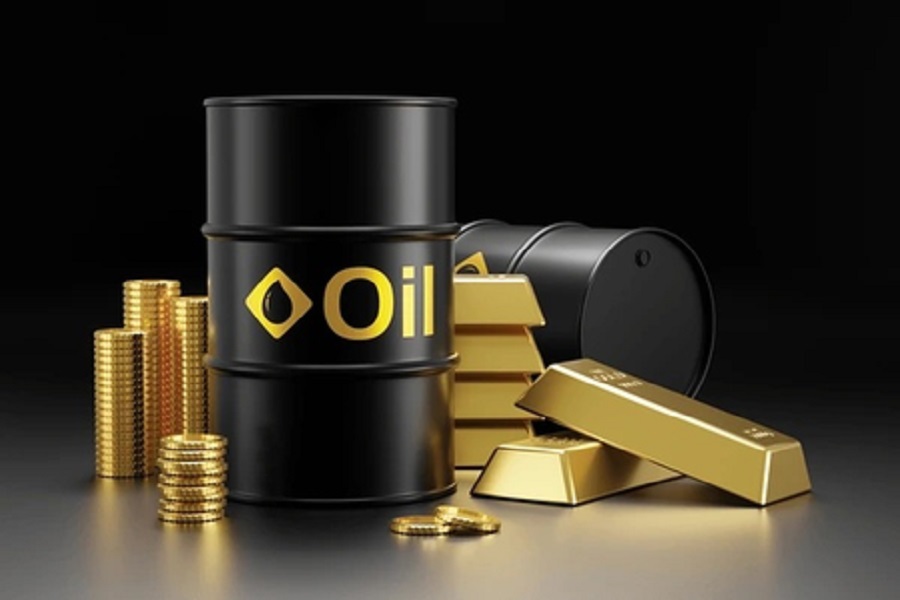Perspective On Commodities and Currency Market by Riya Singh, Research Analyst, Emkay Global

Below the Perspective On Commodities and Currency Market by Riya Singh, Research Analyst, Emkay Global
“Currency - The past week witnessed significant fluctuations in the market, influenced by various factors including US dollar and treasury yield movements, US CPI and PMI data, and currency strength dynamics. The European Central Bank (ECB) opted to maintain interest rates unchanged, yet with Germany's stable CPI figures, expectations for ECB easing loom on the horizon. ECB President Christine Lagarde highlighted the eurozone's weakening economy, contrasting with the relatively stronger performance of the US economy. Meanwhile, the Bank of England (BOE) and UK GDP data indicated stable month-on-month growth, albeit concerns persist about the pace of recovery, potentially prompting a BOE rate cut in June. The projected rate cuts have positioned the US dollar favourably, resulting in a notable climb in the DXY index and a recovery in US treasury yields. With market sentiment shifting away from expectations of a June rate cut, the greenback is poised to maintain its strength. The robust performance of the DXY index and rising US treasury yields continue to exert pressure on the Indian Rupee (INR), which ended the week on a depreciative note against the strong greenback. Expectations of delayed FED rate cuts and elevated crude oil prices further contribute to the INR's challenges. However, intervention by the Reserve Bank of India (RBI) and selling by exporters are expected to limit INR depreciation to levels around 83.50 to 83.65. Looking ahead, the INR is anticipated to oscillate within the range of 83.20 to 83.55 in the coming week, subject to ongoing market dynamics and central bank actions.
Commodity – Gold prices continue to climb to record highs as central banks worldwide aggressively acquire the safe-haven asset amidst escalating geopolitical tensions. China's gold reserves, as reported by the People's Bank of China (PBOC), reached 72.74 million ounces in March, marking the 17th consecutive monthly increase. Similarly, Russia has been steadily amassing its gold reserves, reaching 74.64 million ounces in the fourth quarter of FY23-24. This strategic move not only serves as a defense against sanctions but also bolsters economic and military spending, particularly as Russia pegs the Ruble to gold since early 2022. Other regions, including EMEA countries, are also increasing their exposure to gold amid geopolitical uncertainties. Notably, both China and Russia are gradually diversifying their foreign exchange reserves, transitioning away from foreign currencies, as evidenced by month-on-month changes in official reserve sheets. Despite the upward trend, the current outlook on gold suggests a cautious approach, with avoiding any aggressive buying at current levels but rather waiting for a potential pullback.
On the energy front, oil prices, although remaining elevated, are experiencing a weekly decline. This decline is attributed to a buildup in US crude oil inventories, which rose to 5.84 million barrels last week, the highest level since July 2023, raising concerns about demand. Additionally, hot US CPI numbers are creating headwinds, potentially delaying Federal Reserve rate cuts. The latest reports from OPEC indicate a demand increase of 2.25 million barrels per day (mbpd), while the International Energy Agency (IEA) has lowered its demand forecast due to sluggish economic growth and rising electric vehicle (EV) demand, trimming estimates by 0.13 mbpd to 1.2 mbpd—1 million barrels per day less than OPEC's expectations. The IEA predicts a significant supply buffer of 6 mbpd, driven by robust non-OPEC supply and slowing demand. However, near-term geopolitical risks, such as the potential for Iran to launch missiles on Israel, could provide a downside cushion to crude oil prices, with WTI crude oil prices projected to reach warningly high levels of $87-$89”.
Above views are of the author and not of the website kindly read disclaimer
.jpg)
